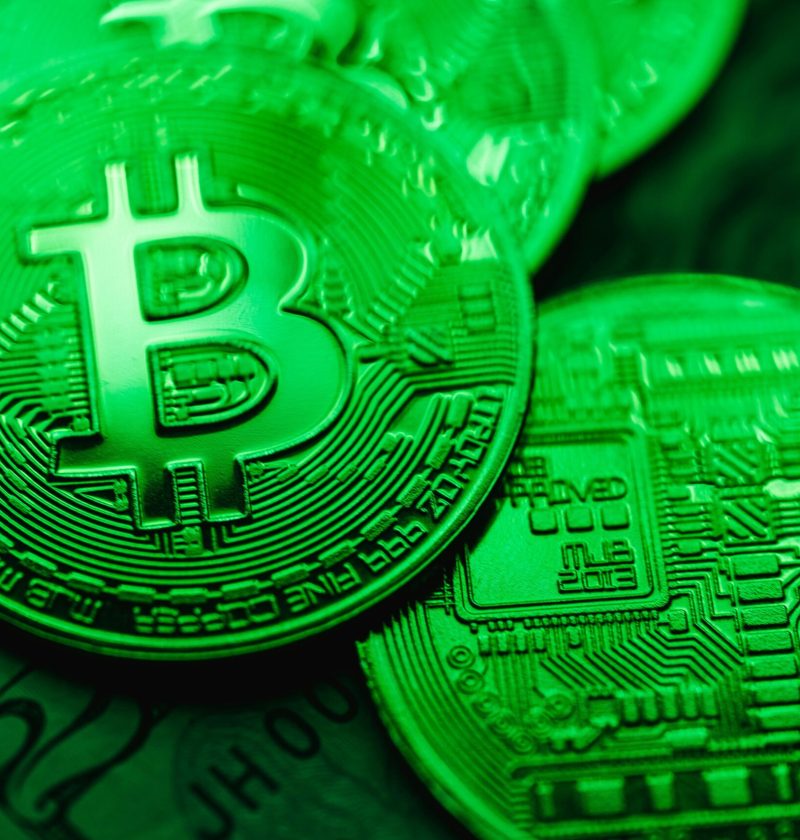The cryptocurrency market in 2024 is a landscape of rapid evolution and dynamic shifts. Amidst the volatility that defines this space, stablecoins have emerged as the bedrock of stability. These digital assets, designed to minimize price fluctuations, have become essential to the smooth functioning of the crypto market. Tether (USDT) and USD Coin (USDC), two of the most prominent stablecoins, continue to dominate the space, ensuring liquidity and reliability for traders and investors alike. As the market grows and adapts, stablecoins are playing an increasingly critical role in stabilizing it.
The Rise of Stablecoins in 2024
The stablecoin market has seen a resurgence in 2024, marking a significant recovery from previous years. According to AMBCrypto’s August 2024 Crypto Market Report, the total stablecoin supply increased by 29% from January to mid-August, reaching $168 billion. This rapid growth is nearing the previous all-time high of $188 billion, which was achieved in May 2022. This surge indicates that stablecoins are once again gaining traction as more investors seek out the stability these assets offer.
Tether and USDC are at the forefront of this growth, commanding approximately 90% of the total stablecoin market share. Tether, in particular, has benefitted from the rising interest rate environment, reporting a record-breaking $4.52 billion net profit in Q1 2024. This performance has solidified Tether’s position as the leader in the stablecoin sector, providing much-needed liquidity during times of market turbulence.
How Stablecoins Ensure Market Liquidity
One of the primary functions of stablecoins is to provide liquidity within the cryptocurrency market. Liquidity is essential for enabling traders to enter and exit positions smoothly without causing significant price fluctuations. Stablecoins act as the bridge between volatile cryptocurrencies like Bitcoin and fiat currencies, ensuring that investors can move their assets without being exposed to extreme price swings.
In an environment where volatility is constant, stablecoins offer a safe haven for investors. They provide an opportunity to lock in value during market downturns, allowing traders to mitigate their exposure to risk. This ability to maintain value is crucial, particularly when the broader market is as dynamic as it is today.
Stablecoins are also vital in decentralized finance (DeFi). DeFi platforms rely heavily on stablecoins to offer lending, borrowing, and yield farming opportunities. As the DeFi sector continues to expand, the demand for stablecoins will grow in tandem.
The Impact of Stablecoins on Market Stability
As the cryptocurrency market becomes more dynamic, stablecoins have played a significant role in mitigating volatility. Their inherent design, which ties their value to a reserve of assets such as the US dollar, makes them reliable for both traders and investors. This has a stabilizing effect on the market, especially during periods of high volatility.
For instance, during the market turbulence of early 2024, stablecoins provided traders with a secure way to store their funds without having to exit the crypto market entirely. This allowed the market to maintain liquidity, even when Bitcoin and other cryptocurrencies experienced sharp price fluctuations.
The Broader Role of Stablecoins in Crypto Growth
Stablecoins have proven to be more than just a tool for risk management. They are integral to the broader growth of the cryptocurrency ecosystem. As adoption of digital assets increases, stablecoins facilitate transactions, provide liquidity for DeFi, and enable cross-border payments. This growing adoption has been particularly evident in the corporate sector, where companies are increasingly using stablecoins for operational purposes.
Moreover, the transparency that many stablecoins offer has bolstered their popularity. By providing proof of reserves and ensuring regulatory compliance, stablecoin issuers have built trust within the crypto community. This transparency has been particularly important for institutional investors who require assurances of stability and security before entering the market.
Challenges and the Path Forward
While stablecoins provide much-needed stability to the market, they are not without their challenges. Regulatory scrutiny continues to be a significant concern for stablecoin issuers, particularly in the US. Tether, for instance, has faced criticism regarding its reserve transparency in the past. However, the company has made strides in improving its disclosures and aligning with global regulatory standards. USDC has similarly faced regulatory hurdles but has managed to maintain resilience, particularly following its temporary de-pegging event in 2023.
Another challenge for stablecoins is the rise of decentralized alternatives. While centralized stablecoins like Tether and USDC dominate the market, decentralized stablecoins such as DAI are gaining traction. These alternatives offer a unique value proposition, as they are not reliant on a central issuer. Instead, they use smart contracts to maintain their peg, offering a different form of stability.
The future of stablecoins will likely involve a combination of regulatory compliance and technological innovation. As governments around the world seek to introduce central bank digital currencies (CBDCs), the role of stablecoins will come under scrutiny. However, the continued growth of DeFi and the demand for cross-border payments will ensure that stablecoins remain a vital part of the cryptocurrency ecosystem.
Conclusion
As the cryptocurrency market evolves, stablecoins have proven themselves to be indispensable tools for maintaining liquidity and stability. Tether and USDC have led the charge, ensuring that investors and traders have reliable options in an otherwise volatile space. With the market poised for further growth, stablecoins will continue to play a critical role in ensuring the health and resilience of the crypto ecosystem.
Their impact extends beyond just providing liquidity. Stablecoins are integral to the broader adoption of digital assets, serving as a bridge between traditional finance and the dynamic world of cryptocurrencies. As regulations continue to evolve and new innovations emerge, stablecoins will likely remain at the forefront of market stability, supporting the continued growth of the cryptocurrency market in 2024 and beyond.






